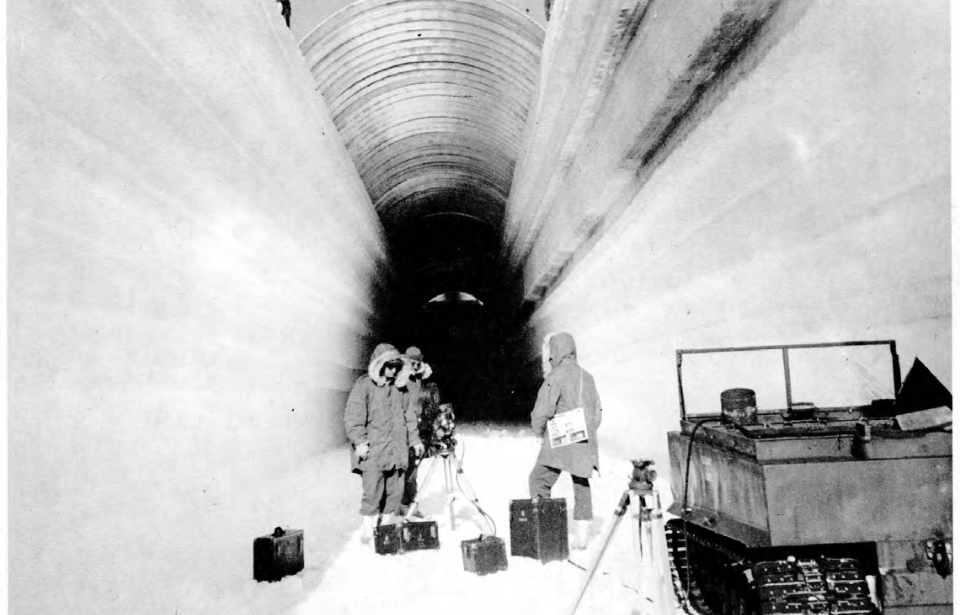In 1954 the U.S. Army initiated the Army Nuclear Power Program, which sought to research and design relatively small portable nuclear reactors that would provide power at sites in remote locations.
“Portable” is used lightly here, as it really meant a reactor that could be disassembled and transported in multiple trips. The program developed the famous SL-1 reactor, which experienced a catastrophic meltdown in 1961, killing a number of its operators. Another reactor produced by the program powered Camp Century, a subsurface ice camp in Greenland, for three years.
Portable reactors
The Army Nuclear Power Program resulted in eight reactors, most of which had eventful or interesting service lives.
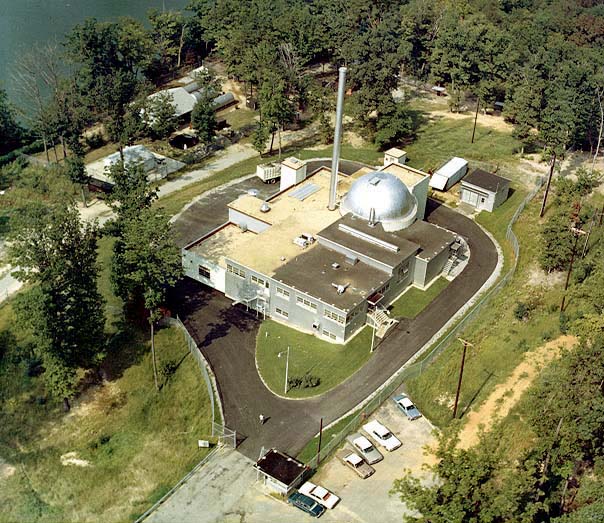
The SM-1 reactor was the first made under the Army Nuclear Power Program. Construction was carried out by ALCO at the Corps of Engineers headquarters at Fort Belvoir, Virginia. It was completed in early 1957 and was the first U.S. nuclear reactor to be connected to an electrical grid. SM-1 was used mostly for research and training purposes, though, rather than actual power production. Over its operational lifetime from 1957 to 1973, about 800 personnel were trained on the reactor.
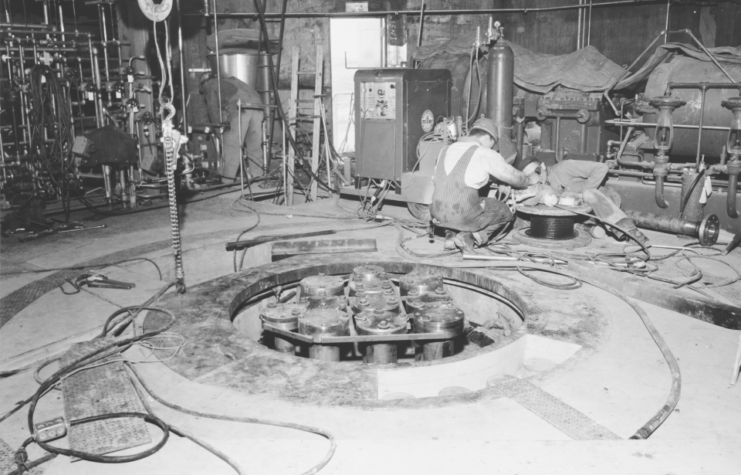
The previously mentioned SL-1 reactor was an experimental reactor at the National Reactor Testing Station at Idaho Falls, Idaho. On January 3, 1961, the reactor experienced a catastrophic meltdown when one of the three night shift operators withdrew a control rod too far out of the reactor, causing it to promptly go critical. In 4.3 milliseconds, a huge power surge instantly vaporized the water inside the reactor, which slammed against the top of the vessel.
The control rods and shield plugs were blasted into the air, while the 12,000-kilogram reactor vessel itself was lifted up almost three meters. One man was pinned to the ceiling of the building by a control rod and died instantly, while another was killed in the explosion. The third man survived but was fatally injured, later dying from his wounds.
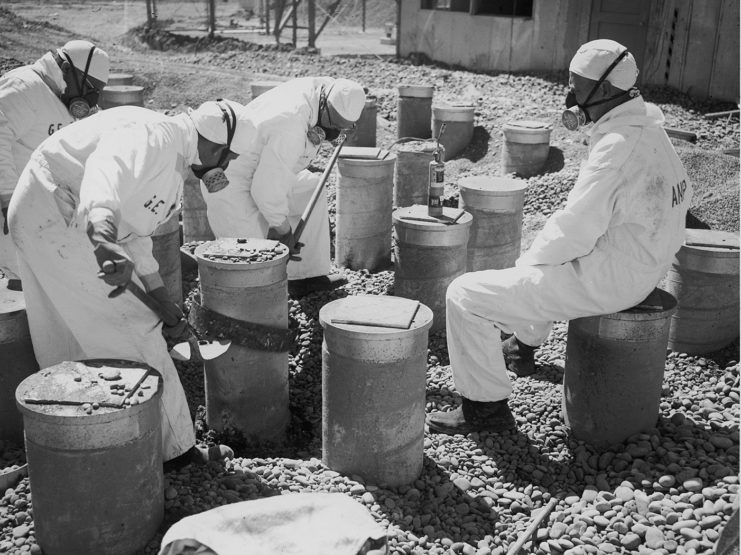
PM-2A was a reactor that arrived at the Thule Air Force Base in July 1960, before it was moved in pieces across 150 miles of ice to its destination at Camp Century. By October, the Army had constructed the reactor and fired it up, but had to quickly shut it down as it started leaking radiation. The Army bodged shields of lead and drums filled with ice and sawdust in an effort to contain the leaking radiation.
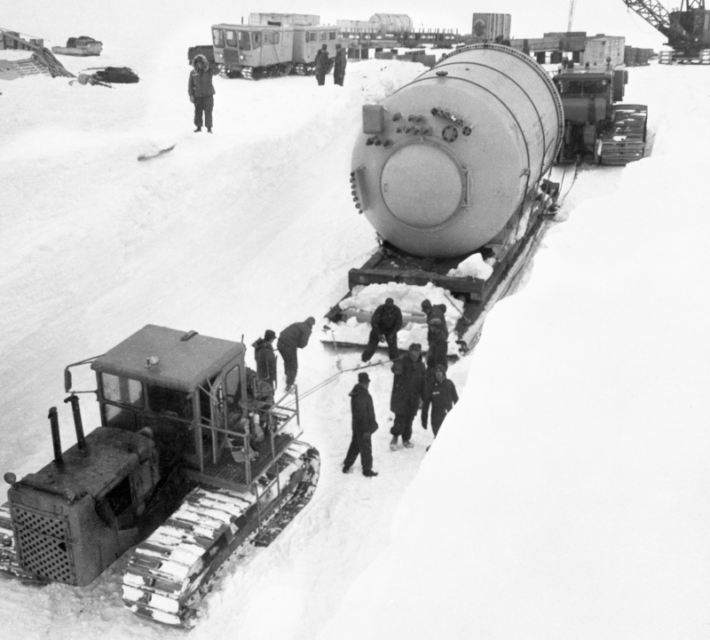
Once up and running “safely,” the PM-2A provided the base with ample electricity and heat for around three years. The reactor was eventually shipped back to the U.S. where it was used in pressure tests to examine the strength of a structurally compromised reactor.
Camp Century
Situated 150 miles from Thule Air Force Base, Greenland, Camp Century was a subsurface military installation carved out of an ice field. The project was announced to the public as a scientific research base and a proof of concept for cheap military outposts on ice caps.
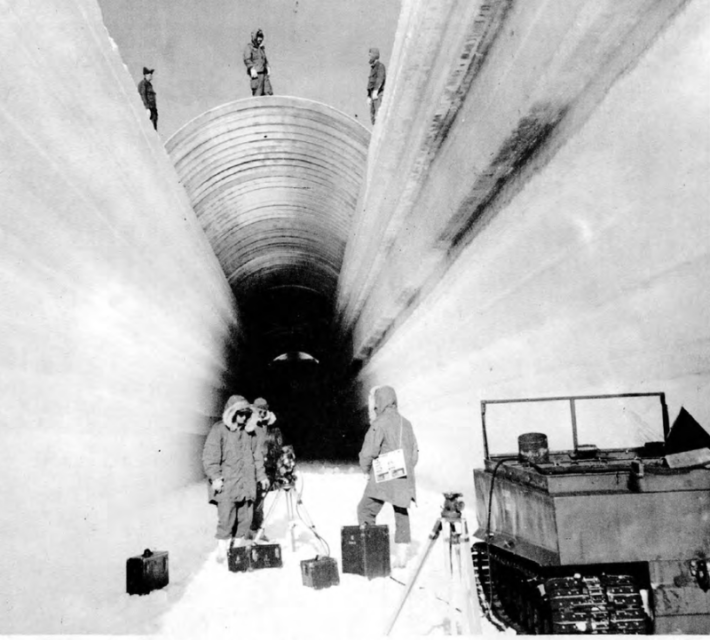
The U.S. obtained permission from Denmark to establish the base, but hid the base’s true purpose from them. The base was a cover for Project Iceworm, a top-secret military program that was tasked with the construction of a network of nuclear missile launch sites hidden in Greenland’s ice fields.
Camp Century was to explore the feasibility of this idea. Prefabricated buildings were dropped into large trenches dug into the ice, which would then be covered over, giving the base and its inhabitants a good level of protection from the harsh environment. The base contained vehicles, food, living quarters, toilets, and medical facilities.
The military discovered that the shifting ice made the underground base’s long-term viability impossible. As a result, Project Iceworm was canceled too. Operations at the base started in 1959 and ended in 1967.
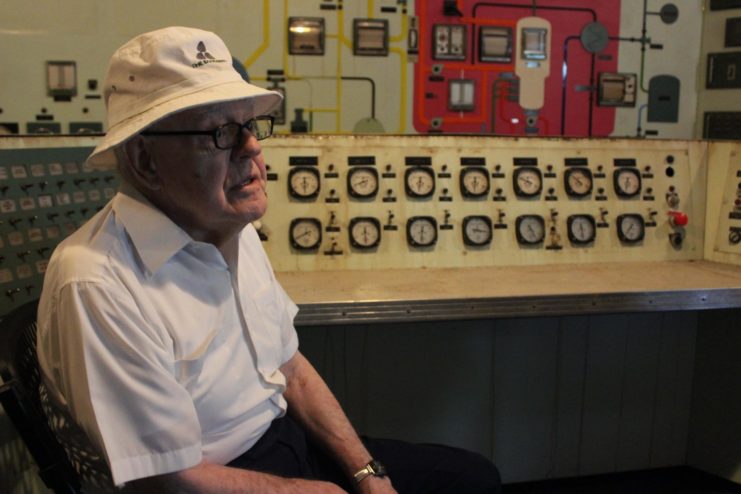
The surrounding snow was saturated with radioactive contaminants, so it was buried in the ice field along with highly radioactive cooling water from the reactor. Back then, the U.S. assumed the waste would be buried forever in the frozen landscape, but climate change has raised fears that melting ice may expose the camp’s deadly remains.
Renewed interest in portable reactors
The U.S. military has relit their fire for portable nuclear reactors recently, with microreactors. These microreactors are, unsurprisingly, much smaller than conventional reactors, around 100 to 1,000 times smaller, to be precise.
The U.S. military is interested in using these as quick solutions to provide sustainable power at forward operating bases. With these reactors, military bases could reduce their carbon footprint and increase the safety of those on the base, as they will no longer need to hold huge amounts of liquid fuel.
More from us: Cold War Fun: A 1950s Science Kit That Contained Real Uranium
However the idea has come under criticism for its lack of practicality and for the obvious dangers associated with nuclear reactor in a warzone.
Time will tell if this idea will ever become a reality, but its clear that the U.S. has not forgotten about the reactors of the 1950s and 1960s.
